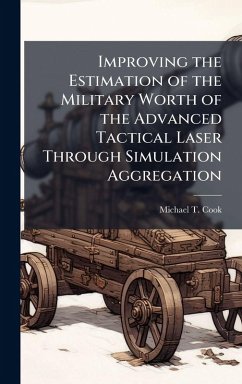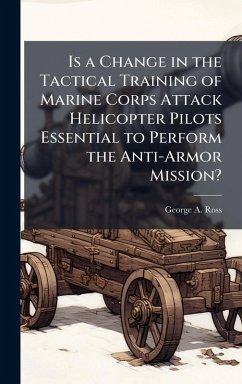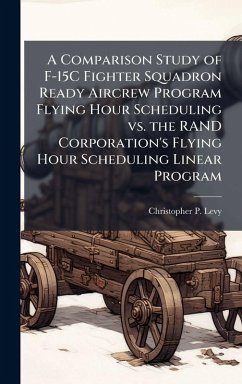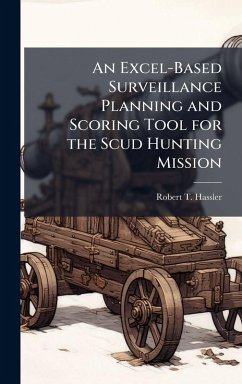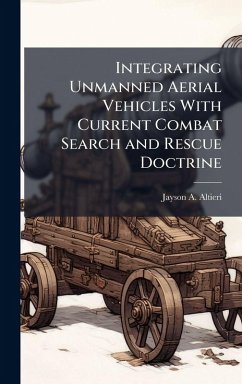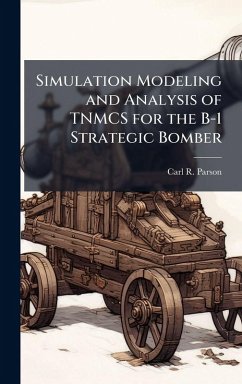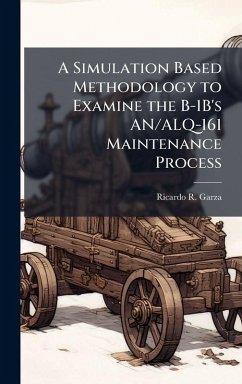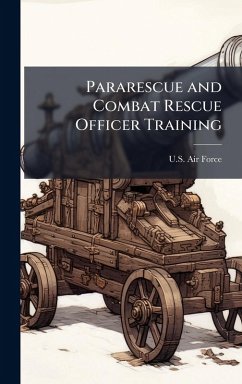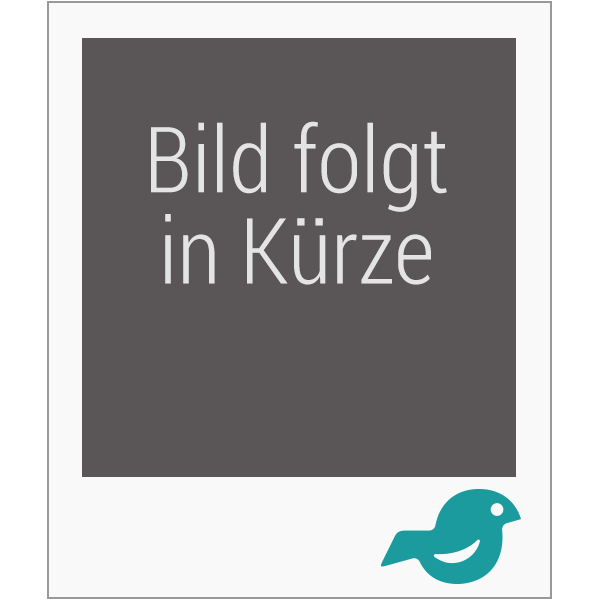
Improving F-15C Air Combat Training With Distributed Mission Training Advanced Simulation
Versandkostenfrei!
Versandfertig in über 4 Wochen
28,99 €
inkl. MwSt.
Weitere Ausgaben:

PAYBACK Punkte
14 °P sammeln!
Air Combat Command is investing in Distributed Mission Training (DMT) to provide realistic mission training to the Combat Air Forces (CAF) using advances in simulation technology. DMT will network advanced simulators (and some real-world systems) to provide combat aircrews with team training in a synthetic wartime environment. F-15C units will be first in the CAF to incorporate DMT; they are confronted with developing training programs utilizing this new tool without previous experience of how to exploit the benefits of simulation for air combat training. This paper seeks to assist syllabus de...
Air Combat Command is investing in Distributed Mission Training (DMT) to provide realistic mission training to the Combat Air Forces (CAF) using advances in simulation technology. DMT will network advanced simulators (and some real-world systems) to provide combat aircrews with team training in a synthetic wartime environment. F-15C units will be first in the CAF to incorporate DMT; they are confronted with developing training programs utilizing this new tool without previous experience of how to exploit the benefits of simulation for air combat training. This paper seeks to assist syllabus developers by providing a summary of lessons learned from years of air combat simulation study, and applying those lessons to DMT. A comprehensive analysis of air combat simulation training studies provides insight on how to improve F-15C air combat training using DMT. Studies not only demonstrate simulators can provide effective training, but also identify unique benefits and limitations of simulator training, and offer several training program considerations to achieve the most effective results. DMT benefits not available in flight training include unique instruction options, the capability to repeatedly practice desired tasks or missions, and the opportunity to train in complex combat scenarios. Identified limitations include sources of negative training and the lack of physiological stresses or inputs that may be desired in training. For training programs, simulator studies suggest which tasks should be emphasized in DMT, how metrics can identify training needs, who is expected to gain the most benefit from DMT, and how to intermix DMT and flight scheduling to optimize training. This work has been selected by scholars as being culturally important, and is part of the knowledge base of civilization as we know it. This work was reproduced from the original artifact, and remains as true to the original work as possible. Therefore, you will see the original copyright references, library stamps (as most of these works have been housed in our most important libraries around the world), and other notations in the work. This work is in the public domain in the United States of America, and possibly other nations. Within the United States, you may freely copy and distribute this work, as no entity (individual or corporate) has a copyright on the body of the work. As a reproduction of a historical artifact, this work may contain missing or blurred pages, poor pictures, errant marks, etc. Scholars believe, and we concur, that this work is important enough to be preserved, reproduced, and made generally available to the public. We appreciate your support of the preservation process, and thank you for being an important part of keeping this knowledge alive and relevant.



